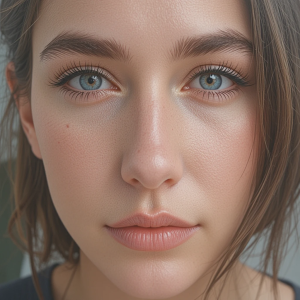
Why You Shouldn’t Ignore Eye Strain Symptoms
Defining Eye Strain: More Than Just Tired Eyes Eye strain, or asthenopia, is a common condition experienced by virtually everyone who spends extended periods focusing
The cost of speaking with a doctor varies widely depending on factors like location, insurance coverage, and the type of consultation. For in-person visits, costs can range from $50 to $200 or more for a primary care physician, while specialist consultations can be even higher. Virtual consultations, or telemedicine, may be more affordable, with costs starting from $20 to $100 or more per visit. Some insurance plans cover doctor visits fully or partially, while others may require copays or deductibles. It’s best to check with your insurance provider and the doctor’s office to get an estimate of the costs involved.
Yes, there are several ways to improve and protect your vision. Eating a balanced diet rich in omega-3 fatty acids, lutein, and zeaxanthin can support eye health. Regular eye exams can detect issues early, and wearing protective eyewear can prevent injuries. Limiting screen time, following the 20-20-20 rule (looking away every 20 minutes to focus on something 20 feet away for 20 seconds), and maintaining good lighting can reduce eye strain. Quitting smoking, wearing sunglasses with UV protection, and getting enough sleep also contribute to healthy vision. By adopting these habits, you can help preserve your eyesight and reduce the risk of eye problems.
The best treatment options for dry eyes include artificial tears to moisturize the eyes, omega-3 fatty acid supplements to reduce inflammation, and warm compresses to loosen oil blockages. Prescription medications like Restasis or Xiidra can also increase tear production and reduce inflammation. Advanced therapies such as punctal plugs, intense pulsed light (IPL) therapy, or LipiFlow thermal pulsation can help retain natural tears and improve tear quality. Additionally, lifestyle changes like blinking regularly, maintaining humidity, wearing sunglasses, and staying hydrated can also alleviate dry eye symptoms. Consult an eye doctor to determine the best treatment plan for your specific needs.

Defining Eye Strain: More Than Just Tired Eyes Eye strain, or asthenopia, is a common condition experienced by virtually everyone who spends extended periods focusing

The Foundation of Vision: Essential Vitamins and Antioxidants Just like every other complex system in the body, the eyes require a steady supply of specific

The Eye as a Window to Vascular Health The eye is a unique part of the body because it provides the only view of blood